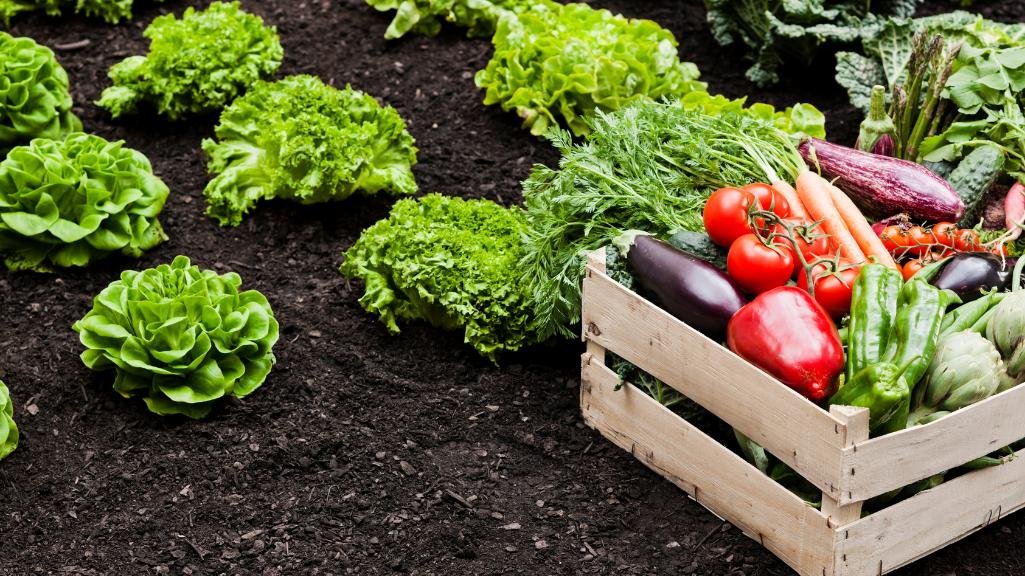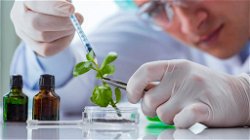Exploring Different Types of Agriculture in India
James Bond
. 3 min read
Today across the world, agriculture takes many different shapes. Big farms, small farms, many crops, few crops there are many variations. It can be hard to keep track of the different varieties and aspects of modern agriculture, but let's break it down into different types of agriculture. Agriculture is generally known as Farming; it is an art and science that prudent endeavor to reshape a part of Earth's crust through cultivation of plants and other crops as well as raising livestock for sustenance or other necessities for human being and economic gain. The integration of video chat into modern agriculture has significantly bridged the gap between farmers and agricultural professionals, fostering a sense of global community within the farming industry.

Types of Agriculture in India
Commercial Agriculture
This type of agriculture is, first and foremost, built around making money for the farmer. Every stage of the farming process is made as efficient as possible, so there are the least amount of costs. Keeping efficiency in mind, these operations are also some of the most technologically advanced, using everything from autonomous tractors and drones to satellite imaging to make sure they can grow as much as possible with the most negligible costs.
1. Commercial farming involves farming a single crop over the entire piece of land for the commercial purpose for say imports and exports of the crops.
2. Growing a wide range of crops and raising animals for food, raw materials, or export are all part of commercial farming. This is done for financial gain. There are a few different kinds of commercial farming that focus on different areas of agriculture.
Subsistence Farming
Subsistence farming is a type of farming in which crops are cultivated or grown to meet the needs of the farmers. Subsistence farming Is done on a small patch of land where there is no surplus left (leftover cultivated crop)
Subsistence farming methods have played an important role in the evolution of human civilization. It is a major part of most cultures' early means of survival, dating back up to 12,000 years ago. As Homo sapiens learned to domesticate plants after the ice age, they began to settle in one location rather than just hunting and gathering.
1. It is characterized by small and scattered land holdings use of primitive tools.
2. Farmers do not use fertilizers and high yielding varieties of seeds as they are poor.
3. Electricity and irrigation facilities are not generally available to them which results in low productivity
4. Most of the food production ids consumed by farmers and their families.
5. Important cash crops like sugar cane, oilseeds, cotton and jute are not grown.
6. Dryland farming is practiced in areas where rainfall is low and irrigation facilities are inadequate
Subsistence farming is not intended to compete with conventional farming or to add to the burden of agricultural overproduction. Families that practice subsistence farming are encouraged to consume their garden produce rather than send them to faraway markets.
Mixed Farming
Mixed farming is a kind of cultivating that includes both the harvesting of crops and raising animals. It carried across Asia and nations like India, Afghanistan, South Africa, Malaysia, Indonesia, China, Canada, Central Europe, and Russia. It usually serves for domestic utilization in some nations. For example, Japan and the United States currently use it for business purposes. In short, the development of yields and the raising of animals for meat or eggs or milk characterizes mixed cultivation.
1. Crops are develop, and animals raised on similar land.
2. A piece of land held for the animal field. To raise animals or develop animal feed on the off chance that a farmer chooses to raise his animals in uncommon planned structures.
3. It provides a high return on agricultural labor because every product is utilized.
4. In India, for example, cattle dung is used as manure, and in times of low productivity, these cattle could be used for milk, meat, and so on. It provides farmers with consistent income.
In numerous undulating tracts and low flat lands, the cool, moist summers and somewhat moderate, moist winters encourage the growth of hay crops and grasses. Large flocks of sheep and herds of cattle are grazed on the grasslands, which are always fresh.
Conclusion
Agriculture has been related with the production of vital food crops. The Present era of farming contains dairy, fruit, forestry, poultry beekeeping and arbitrary etc. However, it could be referred to as promotion, processing, marketing, and distribution of crops and livestock products. It is also provide the employment chances to huge percentage of the inhabitants. The industrial sector of Pakistan is almost depends on agriculture for raw material. The input of agriculture towards GDP is about 25% which is highest contribution any other sectors.
More Stories from
Eco-Friendly Practices: How Individuals and Businesses Can Make a Difference
Discover the Power of Eco-Friendly Practices: Learn how individuals and businesses can contribute to a greener world by adopting sustainable measures.
Say No to Plastic Bags: Embracing a Sustainable Future
This article sheds light on the environmental consequences and health implications of plastic bags while providing alternative solutions.
Unveiling India's Volcanic Secrets: A Geological Overview
Explore India's unique volcanic history and the enduring forces of nature that continue to captivate scientists and adventurers alike.
Zero-Waste Living: Practical Tips for Reducing Environmental Impact
Discover the power of zero-waste living as this article offers practical tips and actionable advice for reducing your environmental impact.
Biotechnology and the Future of Medicine: Advancements and Ethical Concerns
This article explores precision medicine's personalized treatments, the promise and ethical challenges of gene editing, the potential of artificial intelligence in healthcare, and the future of organ transplantation.










.png?width=40&aspect_ratio=1:1)


.png?width=40&aspect_ratio=1:1)